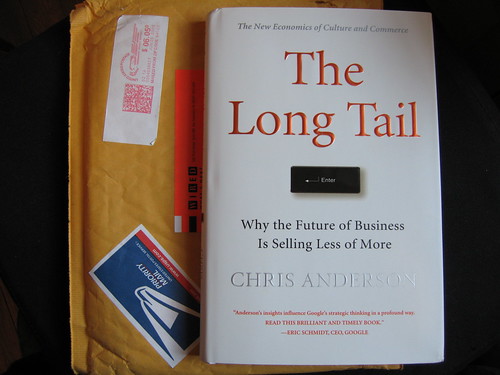The Letter W and Hype (or Local) at the Location Business Summit
Each time I give my Hyperlocal or Hype (and Local) talk it morphs slightly and becomes more scathing of the term hyperlocal.
I started to write the talk for Where 2.0 in San Jose earlier this year and approached it from the point of a hopeful sceptic who was looking to be persueded that the long promised hyperlocal nirvana was either right here, right now or was at least looming hopefully on the horizon.
A month later and I had the pleasure of sharing the keynote slot with Professor Danny Dorling at the GIS Research UK conference at University College London and I revisited the theme. By this time any hope of hyperlocal nirvana had pretty much vanished.
Yesterday I took the talk out for the final time at the Location Business Summit in Amsterdam and the elephant in the room relating to hyperlocality had grown into a full blown herd of elephants.

 Haven't we been here before?
Haven't we been here before?